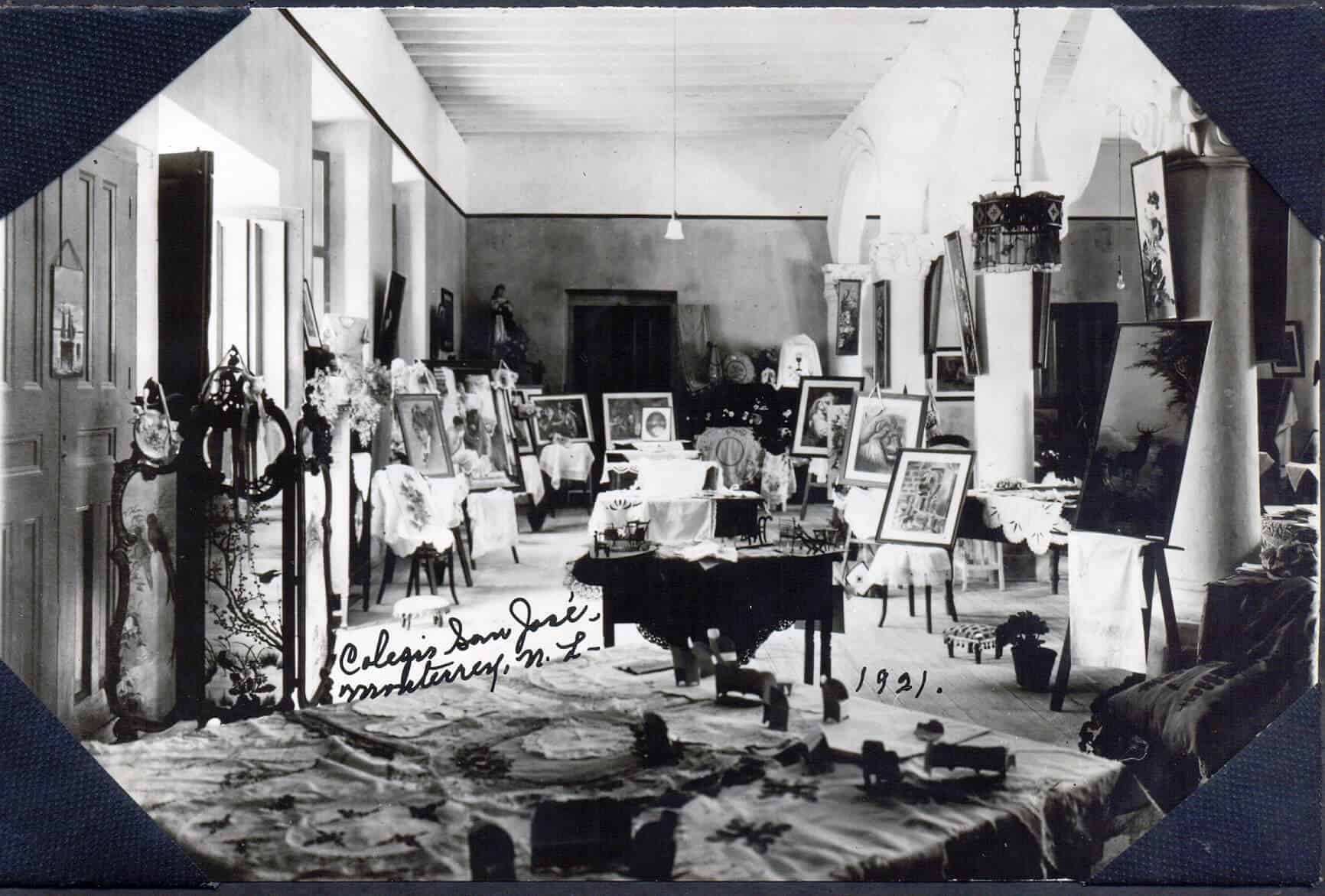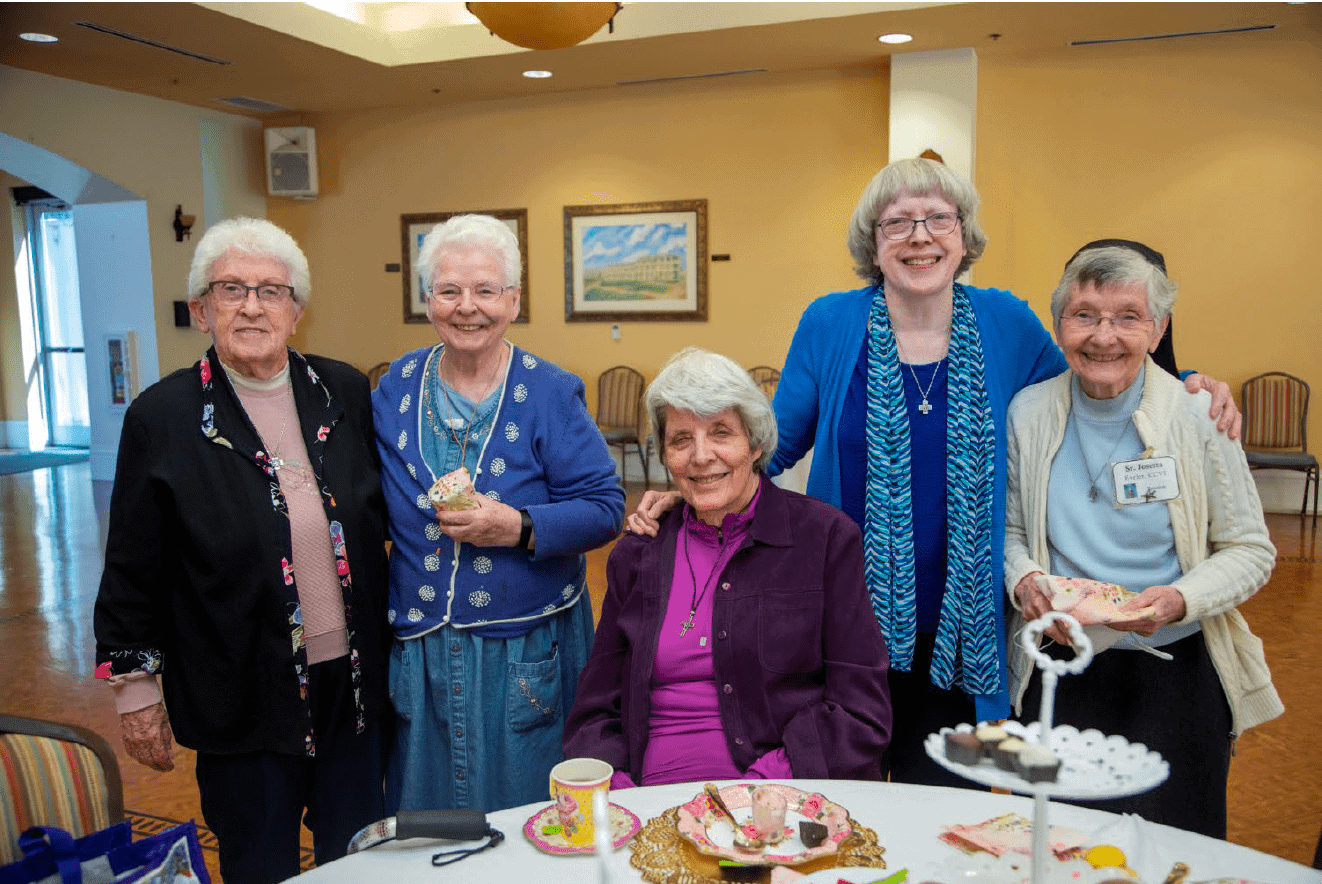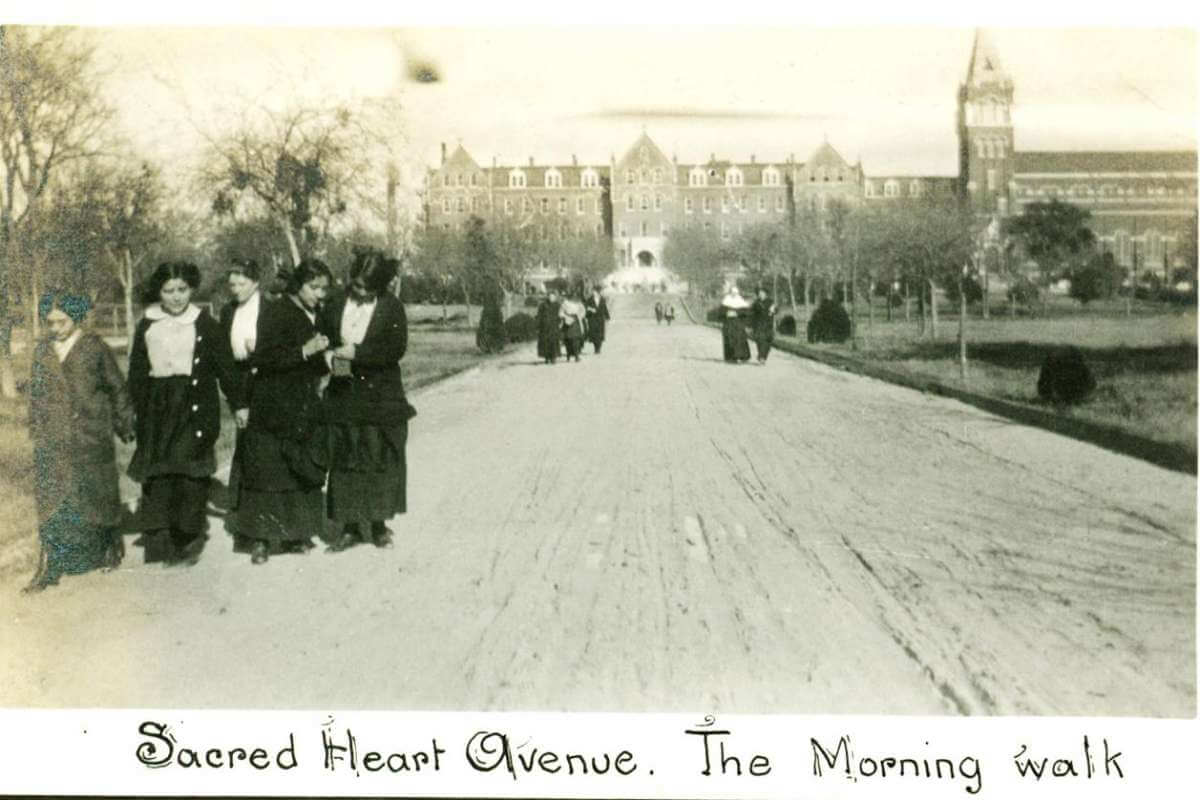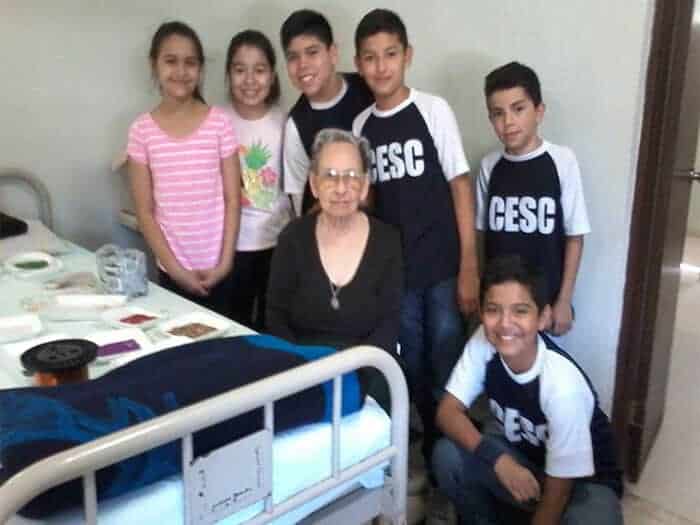In the Historical Archive of the Congregation of the Sisters of Charity of the Incarnate Word in Mexico.
Written by Hist. Liliana Totoricagüena Raya, Mexico City, Mexico.
We rarely stop to think about our daily events and to describe details on very few times, because it is sure that information would escape from us or we would delete what it is not interesting to us from our minds. Well, that’s the way it happens with archives, which – personally – are the capture of fragments and pieces scattered throughout a room full of memories through a photograph, a letter, a reflection, etc. Thus, I will describe to you what a day is like in the document archive of the Sisters of Charity of the Incarnate Word in San Ángel, Mexico City.
Entering to the documentary repository of the Congregation would scare almost anyone, because we have many boxes with content hoping not to fall into oblivion or in the garbage, because entering that chaotic place means allowing me to enter to other past lives that we will eventually have little understanding about or maybe will not understand, without an interpretation or classification, because it is said that “we people are more similar to our time than to our parents.”
The first question I ask myself is which box I will select for review and to sanitize the materials inside. I end up choosing at random in the end, this chance will lead me to understand an unknown story by reading documents, because one of the essential tasks of the archivist is to read, otherwise the information, photographs, videos, audios, objects in branches or ministries without an understanding cannot be ordered.
After taking out a series of files and folders, I will proceed to their classification. We will see that deep down we all are somehow archivists, historians and researchers because we will end up identifying ourselves with the archive since that is the objective of relating this story.
 Now, let’s analyze the image that, at first glance, we could think it is a personal file whose content is: a missive, a diary and three photographs. Perhaps we would think that the placement of this material would be very simple because it would only take me finding a name and that’s it. To find that out, we would have to read and try to identify the faces of the characters or at least the site. However, we suddenly discovered an address in the typed letter; “Villa Obregón, Reforma 8, 1944” appears on the front page of the newspaper, it only says “Annals of Provincial House”. Then, in a photograph we glimpse health personnel from Juárez hospital who wore a uniform in 1933. Finally, we noticed two groups of students with their teachers at different times and places between 1888 and 1908.
Now, let’s analyze the image that, at first glance, we could think it is a personal file whose content is: a missive, a diary and three photographs. Perhaps we would think that the placement of this material would be very simple because it would only take me finding a name and that’s it. To find that out, we would have to read and try to identify the faces of the characters or at least the site. However, we suddenly discovered an address in the typed letter; “Villa Obregón, Reforma 8, 1944” appears on the front page of the newspaper, it only says “Annals of Provincial House”. Then, in a photograph we glimpse health personnel from Juárez hospital who wore a uniform in 1933. Finally, we noticed two groups of students with their teachers at different times and places between 1888 and 1908.
So, we have found that it is not just a file, since the information is very diverse. We may immediately wonder what we are going to do to have it organized. Well, we need to start from the research and meaning of these objects, because we noticed that they are about different stories and times. Therefore, they cannot go together, so we have to find out a bit about their origin.
 Therefore, let’s analyze the phrase “Villa Obregón, Reforma 8, 1944” in what part of the country that address would be located. Today, of course, a browser could not give us the exact location. So we have to go back to the history of the same document and see another useful piece of information within the letter. You use more information from the archive and without thinking about the use of internet until you manage to refer to the conformation of delegations in Mexico City.
Therefore, let’s analyze the phrase “Villa Obregón, Reforma 8, 1944” in what part of the country that address would be located. Today, of course, a browser could not give us the exact location. So we have to go back to the history of the same document and see another useful piece of information within the letter. You use more information from the archive and without thinking about the use of internet until you manage to refer to the conformation of delegations in Mexico City.
Congratulations!! You discover that San Ángel, located in Villa Obregón is the former name of Álvaro Obregón Delegation in the extinct Federal District (Mexico City) whose name changed during the 1970s. Then, the letter and the “Annals of Provincial House” are related among themselves and are linked to the type of governance and congregational administration in Mexico.
In the case of photographs, we could hopefully find family ties, because you never know what we would find. Well, we continue with the description of the image where several nurses appear after a meeting at Juárez Hospital in Mexico City in 1933. What relevance could this have? More than one would imagine because it means – broadly speaking – the advancement of the professionalization of nursing in Mexico and the origin of the famous National Institute of Cardiology founded in 1944 by Doctor Ignacio Chávez and the Sisters of Charity of the Incarnate Word. A heritage that prevails to this day and from which many Mexicans and foreigners have benefited by this legacy of the Ministry of Health.
Finally, we have even seen the social links that archive collections can take us to. It is time to leave Mexico City and refer to the Ministry of Education with the two remaining photographs that belong to the collegiate body of women between 1888 and 1908. The oldest belongs to the first school in Mexico of the Sisters of Charity of the Incarnate Word called “La Purísima School” later called “Saltillense” and the second one where we can see some religious women wearing a habit is “San José School” or “Colegio Mexicano” in Monterrey, Nuevo León.
Both schools suffered the ravages of religious persecution in Mexico implemented between 1927 and 1934 by the main country leaders Plutarco Elías Calles and Lázaro Cárdenas. This is a story that still needs to be told and investigated. However, we are also heirs to that fraction of time and events. So, when you see a family album, feel part of a genealogy and social legacy through the archives.









0 Comments